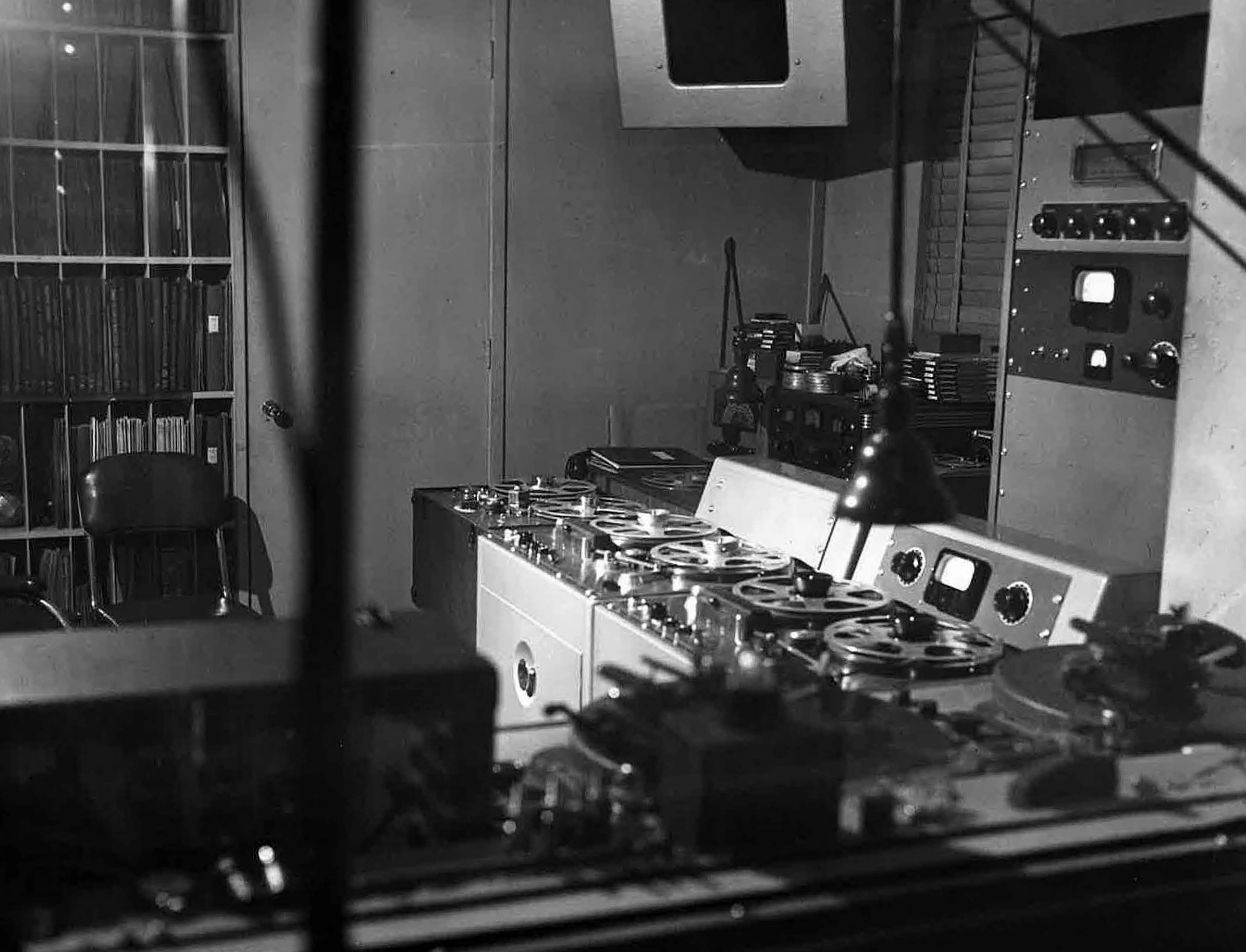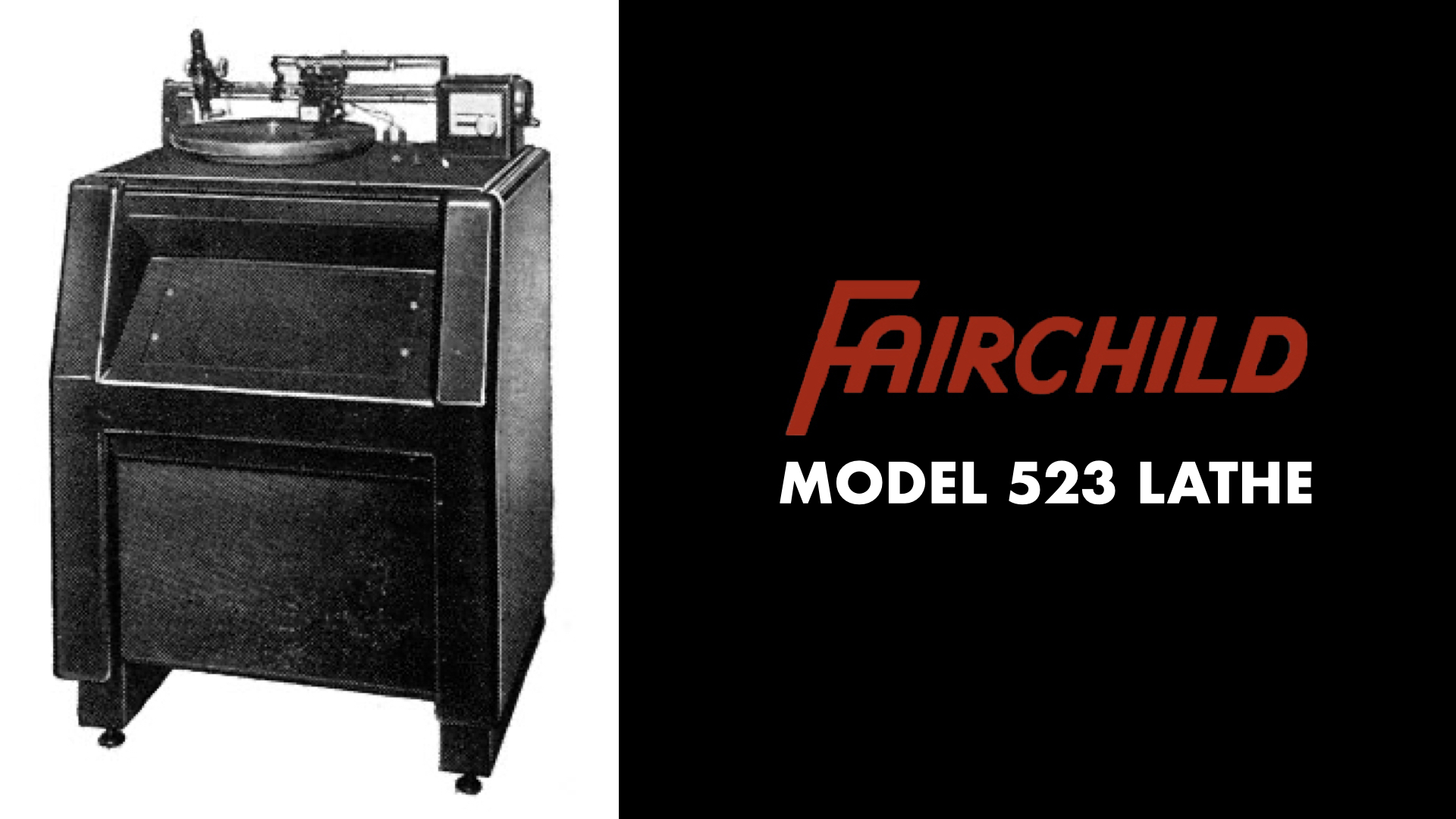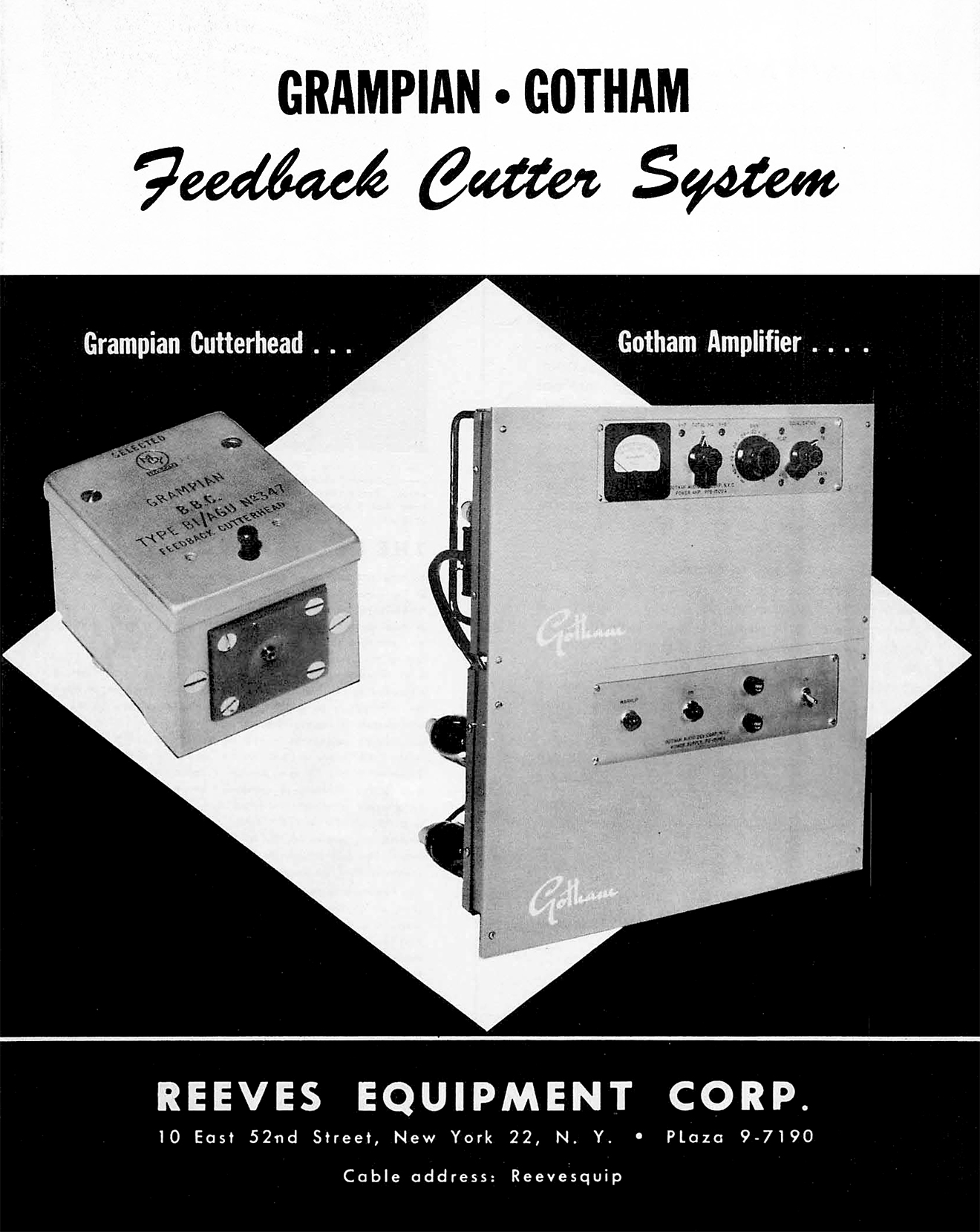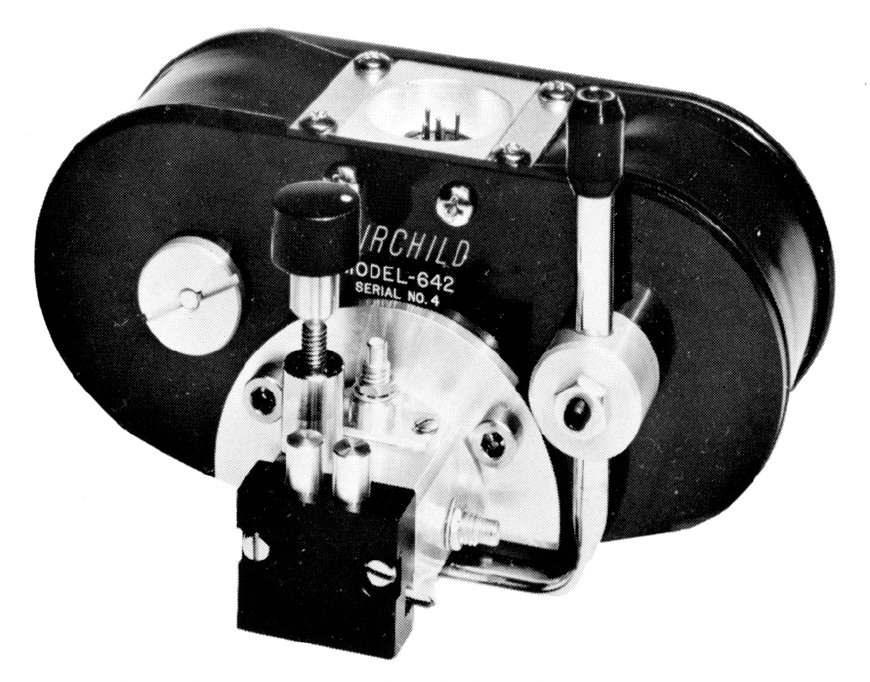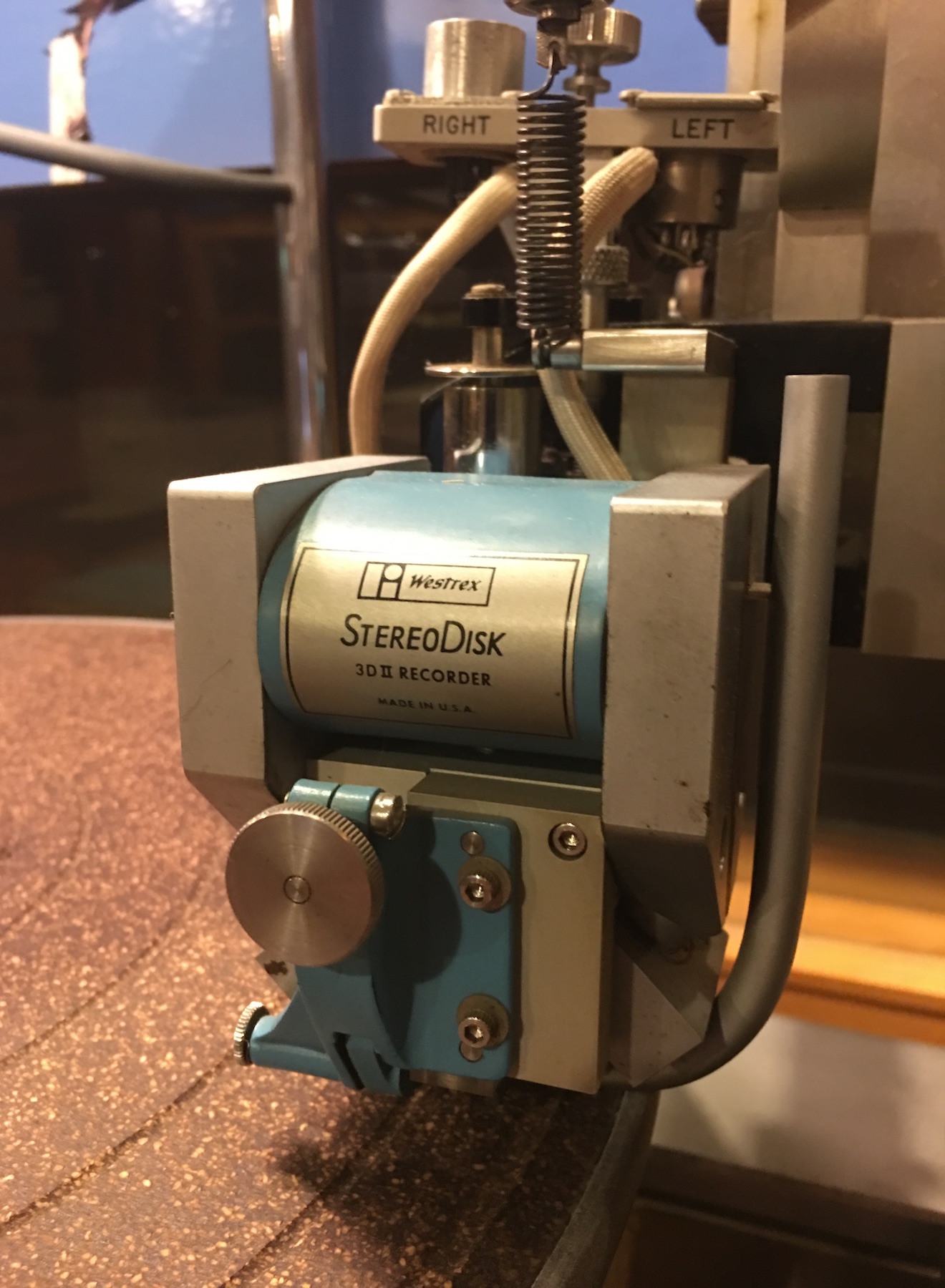| < Back | Mixing | Outboard Gear | Next > |
| Mixing < Back |
Outboard Gear Next > |
Rudy Van Gelder excelled at a lot of things, but down through the years, it’s quite possible that he was praised most for his vinyl mastering. From the very beginning of his days mastering professionally in the early 1950s, Rudy had a special talent for cutting grooves. Producer Bob Porter recalls that Rudy was able to “put more level on an LP than anyone else in the business” (Skea, 2002). Rudy’s LP masters were louder and more in-your-face than anyone else’s, and that made a strong impression on both industry professionals and the record-buying public.
Lathes
Fairchild 523
In early 1953, Rudy was still cutting disks with semi-professional Rek-O-Kut disk recorders. Professional clients were going elsewhere to companies like RCA for mastering, and Rudy was missing out on potential business.
Rudy also preferred to have control of as much of the record-making process as possible, which included mastering. So in 1953 he invested in a Fairchild model 523 professional cutting lathe. Introduced around 1949, the lathe had manual variable pitch and depth. Transferring his skills from making direct-to-disk recordings for over a decade, Rudy picked up cutting with a lathe right away and quickly secured Blue Note Records and the classical label Vox as mastering clients that year.
Scully 601
By late 1954, business had really picked up and Rudy was able to make a very serious investment in the best lathe money could buy: a Scully model 601. Costing $8,500 at the time (about $80,000 in 2020), Rudy was clearly doing well. Designed in Bridgeport, Connecticut by Larry Scully, the 601 arrived at Rudy’s in early 1955 and it was put to work immediately. Although the 601 gave its operator the option to cut with automatic variable pitch, Rudy did not secure the necessary modifications to utilize this feature at first. Van Gelder would acquire a second 601 in 1962, which granted him the ability to cut two masters in tandem.
Cutterheads
Grampian-Gotham Feedback Cutter System
When Van Gelder got his Fairchild lathe, he simultaneously stepped up to a professional cutterhead and cutting amplifier. His weapon of choice for the mono era became the Grampian B1/AGU, a British cutterhead also utilized by the British Broadcasting Corporation. But the companion cutting amplifier, the Grampian model RA4, wasn’t powerful enough for Van Gelder to achieve the sonic results he desired. So he went to Gotham Audio and requested they develop a more powerful cutting amplifier for his Grampian cutterhead, an amp that would allow Van Gelder to cut masters louder and with greater dynamics. The result was the Grampian-Gotham Feedback Cutter System, which included the 150-watt Gotham Audio PFB-150 WA cutting amp.
Fairchild 642
Back when Rudy approached Gotham to develop a more powerful cutting amp for his Grampian cutterhead, he met the talented engineer Rein Narma. A friendship started between the two and led to many technical collaborations throughout the 1950s. Van Gelder provided important feedback and access to his studio for the development of one of the first stereo cutterheads ever, the Fairchild 642. The system, co-designed by Narma, utilized a different architecture than that employed by its competitor, Western Electric (Robertson, 1958; Narma & Anderson, 1959). Ultimately, the Westrex cutter won out as the industry standard, but Van Gelder used the Fairchild cutter for several years nonetheless.
Westrex Stereodisk
Finally, around 1965 Rudy gave in and acquired the newest iteration of the Westrex stereo cutter, the Stereodisk 3D II. Rudy used this cutter for decades and it’s still mounted on the Scully lathe in his studio today.
| < Back | Mixing | Outboard Gear | Next > |
| Mixing < Back |
Outboard Gear Next > |
